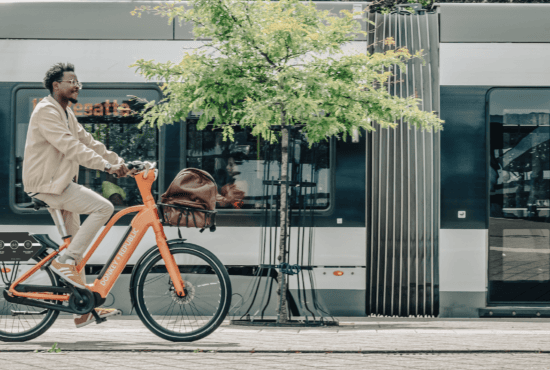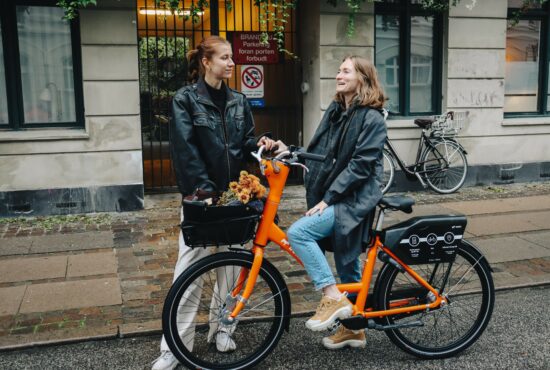Donkey Republic invited tech and mobility interested Copenhageners to a Meetup during this year’s Techfestival. Rearing many perspectives, the general consensus is that collaboration is key for the future of urban mobility, where shared transportation and vehicles will be one of the solutions. What sort of challenges and opportunities should we consider when we imagine future transportation?
How will our future cities look like?
While some movies induce visions of hovering and silent vehicles in multi-layers, intertwining each other next to skyscrapers, the reality may be different. One of the challenges that looms above us is the increase in population, and subsequently, an exponential growth of people living in urban areas. So the question is how cities of the future will effectively transport people around and not how we can build new highways and make more cars.
To our Techfestival Meetup on 6 September, we invited Torben Andersen from Green Mobility and Christian Bering from Autonomous Mobility. As a key player in driving the transport industry towards using more sustainable resources, we also had Tore Harritshøj from E.ON technologies. Erdem (CEO of Donkey Republic and organiser of the Meetup) moderated the panel and opened the discussion by asking:
“What does the future of mobility look like? What are the critical inputs to get there, and what are the main risks or threats?” – Erdem Ovacik
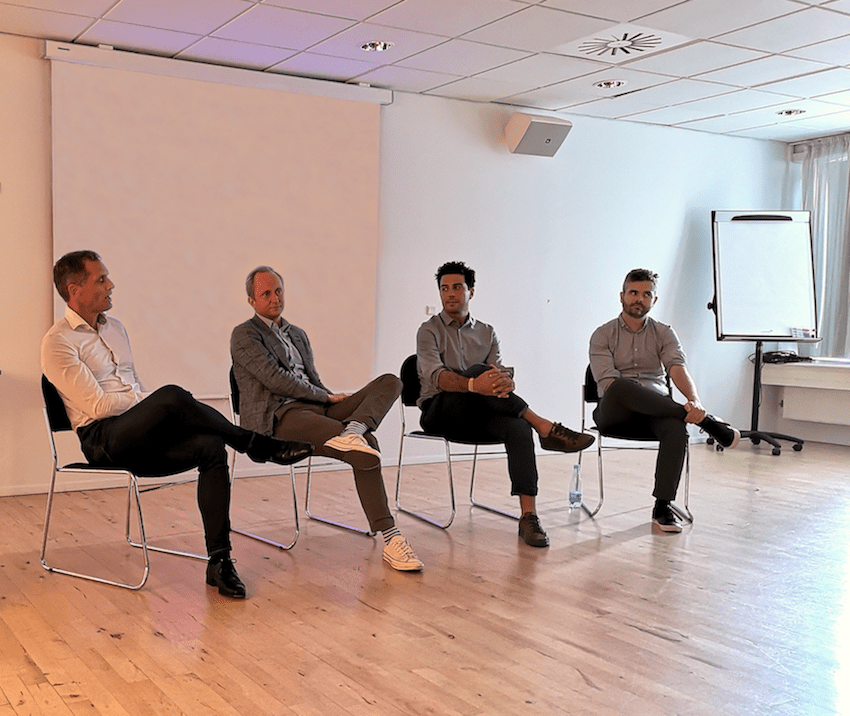
Driverless technology is still on the rise:
Autonomous Mobility is testing and developing the technology to put autonomous shared vehicles on the road, which suggests that there is a future for shared mobility:
“We are a proper corporate start-up. We are 100% owned by the largest car importer in Denmark, which I think is quite interesting because it goes to show that they are deep in the legacy way of doing things. In 5-10 years, people are not going to be buying their own cars, so we are one of their bets on the future.” – Christian Bering
Even though autonomous vehicles remain somewhat conceptual to the sceptical masses, Christian Bering says we will soon see more and more of the self-driving technology on our streets. The change is going to be less noticeable, just think about our driver-less metro network in Copenhagen. He adds “we take critical input from pilot projects and our main challenge now is to learn with the authorities what it takes to bring an autonomous vehicle onto the road”.
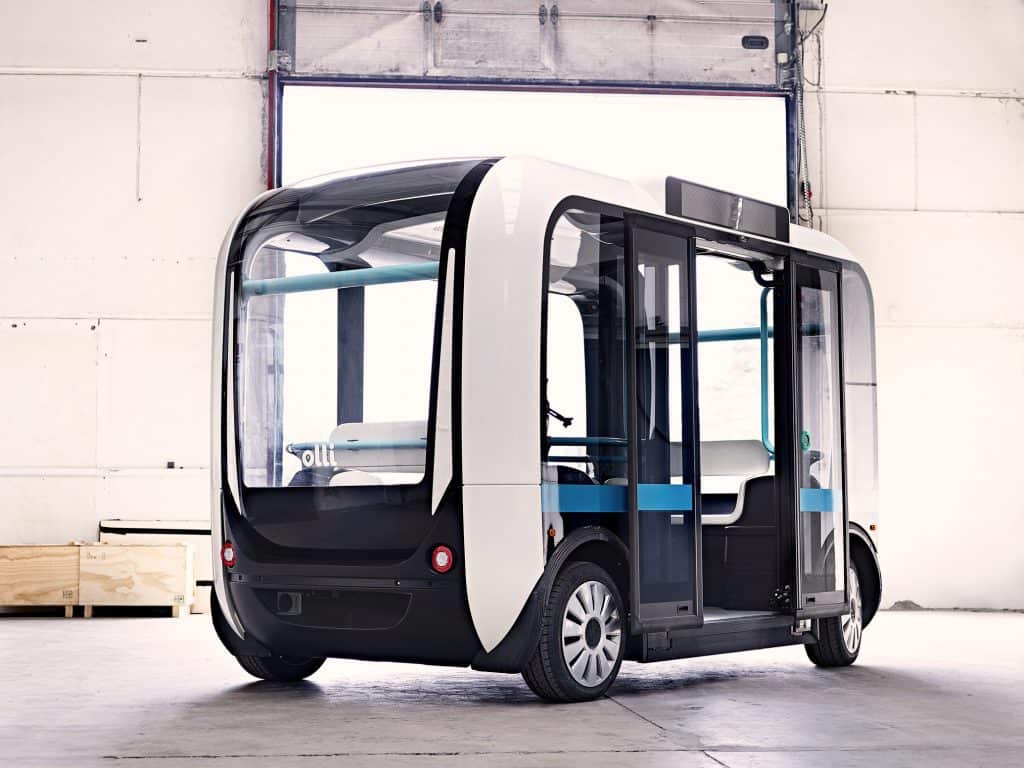
The future is shared and electric:
As the CEO of the Danish carshare company Green Mobility, Torben Andersen opens his presentation by asserting:
“We truly believe that the future of mobility is shared and it is electric.”
Since our cities are already congested, private ownership is becoming an obsolete notion. Additionally – Torben Andersen states that – private cars stand idle for 23 hours a day, which emphasises the significant waste of space that private ownership causes. Echoing some of Torben’s sentiments, Tore Harritshøj (E.ON) strongly believes that his own children will not be car owners, given the convenience, effectivity and promise of shared mobility in its many modalities. Tore emphasises that change should be initiated by ourselves. Larger car manufacturers are not going to engage in designing new cars, unless there is a significant demand for newer, energy-efficient vehicles.
With an optimistic look at the future, Tore believes cities and streets belong to the people and he calls for direct action by “engaging people, private companies and municipalities”.
The future of mobility relies on behavioural changes and political decisions, some of them more drastic than others. Nevertheless, in Tore’s opinion “the number of cars in the streets will drastically reduce and
in the future you will only consume mobility, not own it”.
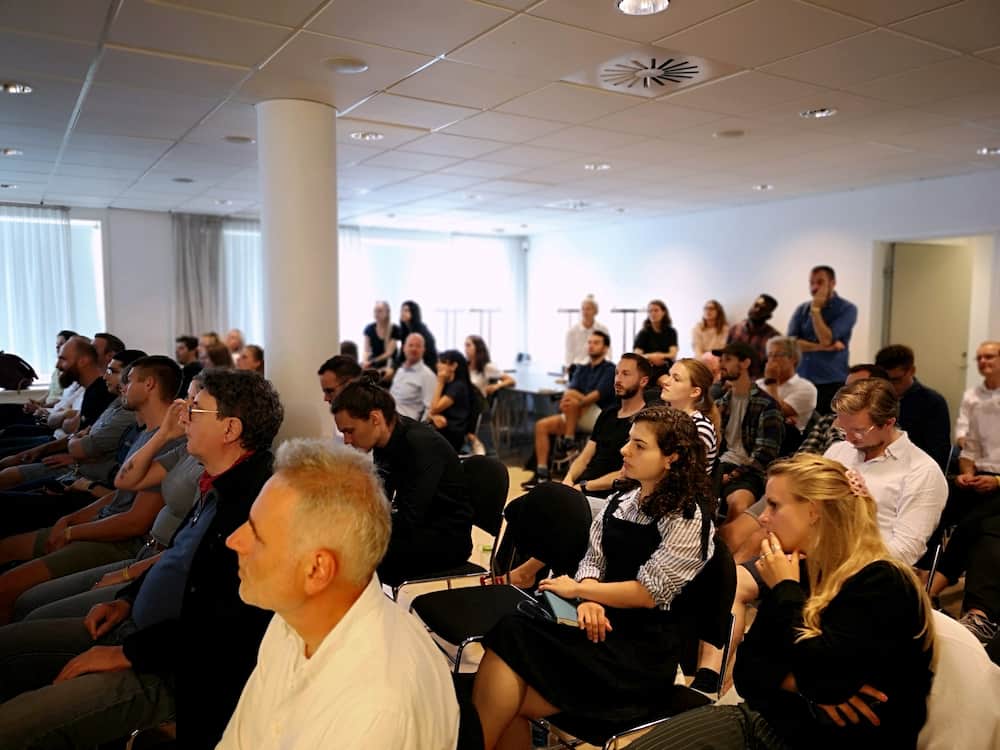
What challenges are we facing?
Apart from the growing population in urban areas and the necessity of sharing, the Meetup also posed questions regarding governance and decision-making in future mobility. A significant amount of technological innovation is found in the private sector, for example private companies like E.ON, GreenMobility, Autonomous Mobility or Donkey Republic. Yet, how can this technology be utilised and governed correctly to make the best of our shared spaces?
Does the responsibility of shaping urban transportation lie within the bodies governing public transport, or are we on the road to a different reality? One thing is certain, it is the collaborative efforts of both public and private actors that will nurture correct choices in shaping liveable cities.
During the open panel session, a participant asked about the role of governance and the public sector regarding their support for innovation in mobility. With the unrelenting pace of tech-development, it could be argued that the public authorities have trouble keeping up. So, why is it important for policy makers to be kept in the loop?
Well, in order for these promising technologies to become reality, they must pass through legislation too. Recently, in Denmark the world’s first Tech Ambassador position has been created, showing that the intention to integrate technology into governance is real. The panelists agreed that an improved partnership between private actors and their more inclusive collaboration with the authorities will be crucial in order to get things moving in the right direction.
How will the population adapt to innovations?
Another crucial challenge is to get a population to change behaviour and adapt to the concept of sharing. Not just for the sake of our planet, but also because sharing promises less congestion in our cities. Are people reluctant to give up their private vehicles, or are we lacking replacement options to choose from?
While Tore clearly states it is our individual responsibility to choose another option, Torben believes it is a matter of time before consumers change their behaviour. He explains it with the ban of private cars from the city centre. If the aim is to get rid of cars in the inner city, perhaps parking fees should be raised, and obviously that should not be done overnight. People need sufficient time to get accustomed to what the changes would mean for them and only if they are given enough time, will they consider other options, new technologies.
Is there a place for bikes in the future?
Other options, however, do not necessarily have to use new technologies. Of all transportation options, people are increasingly opting for a bike ride. Erdem presented a positive increase in bike-share usage, an indication that people are starting to adapt to a culture of sharing. “By 2025, most trips in Europe are potentially on shared bikes where bike modality in Europe stands at 20%, close to 50% in Copenhagen alone.”
In his closing statements Erdem mentions he also believes that “we should have healthy competition, and importantly, we need good integration to Mobility-As-A-Service Systems”. To inspire people to embrace the charms of sharing, we must learn and invest heavily in our digital infrastructure.
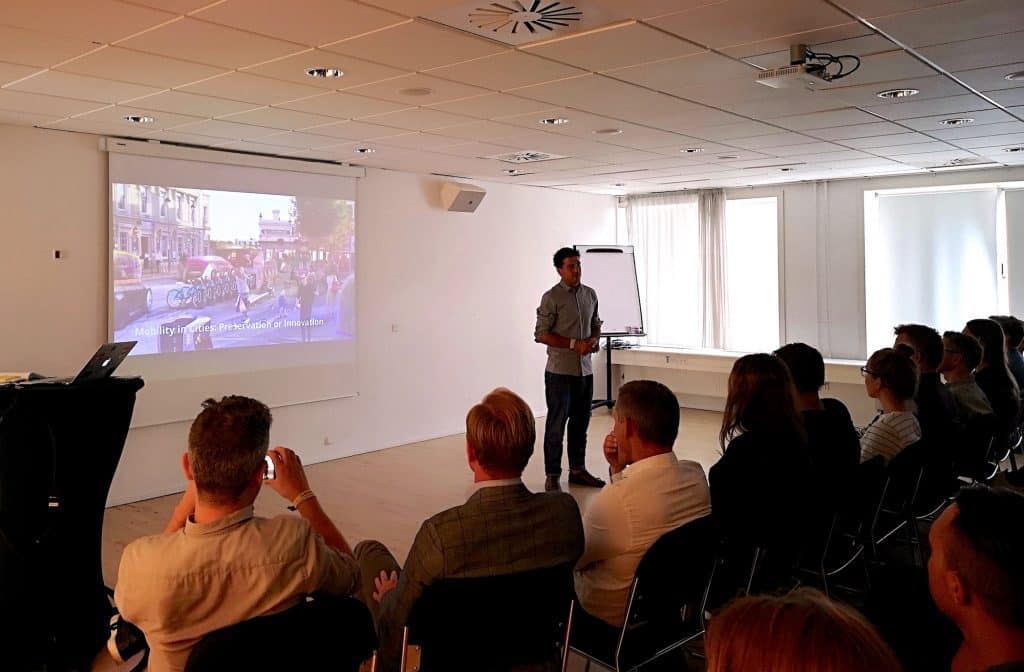
Conclusively, the panel members truly believe that the future of mobility is shared, whether it will be in the form of autonomous vehicles, electric cars, the humble bicycle or their combination on the roads. Considering the tough challenges ahead, collaboration will be crucial to move forward.
